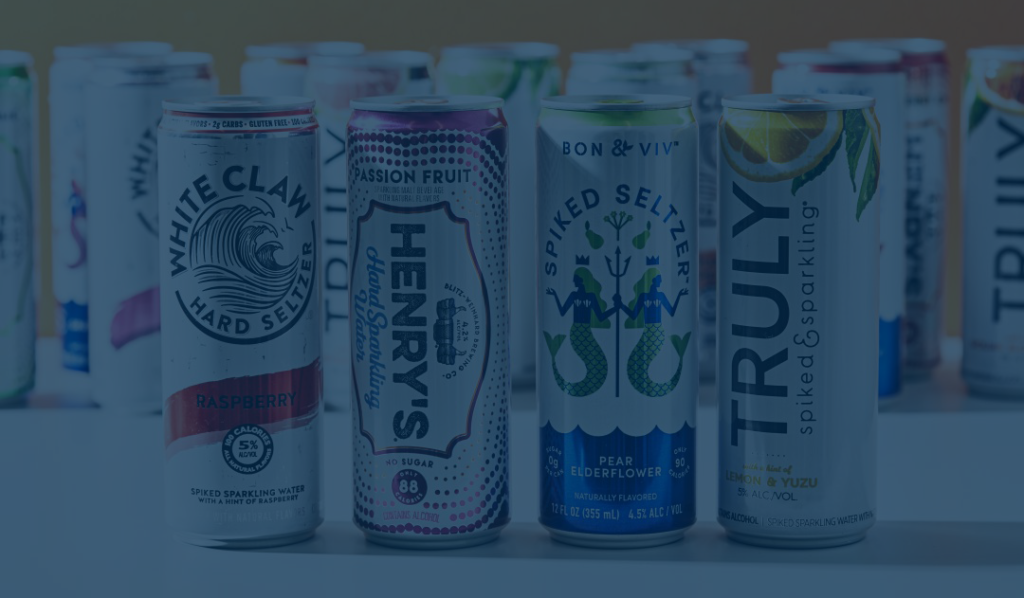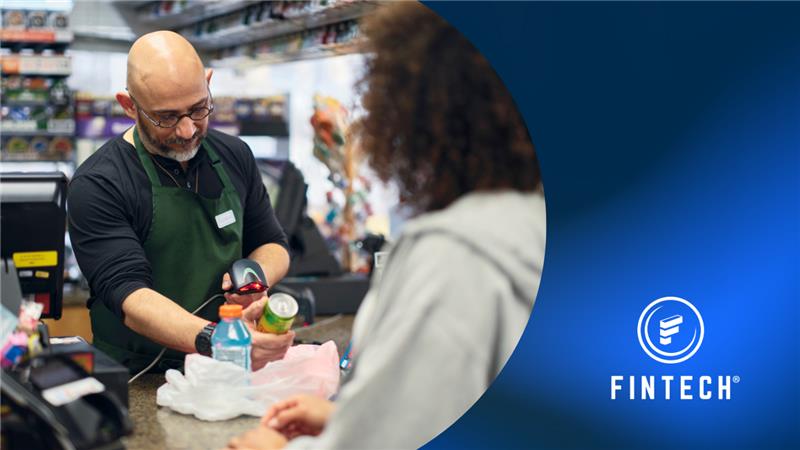The summer is in full swing and so are beer sales across the country! To find out where we stand halfway through the year, Fintech’s Director of Distributor Accounts, Jim Kallies, reviewed beer industry data with Lester Jones, Chief Economist with the National Beer Wholesalers Association, for our quarterly Beer Industry Review webinar. By exploring Fintech data, which represents the aggregation of beer, wine, and spirits data exchanged through over 700,000 connections between retailers to distributors and self-distributing suppliers in the United States, we found that so far in 2021, weekly case volumes covered by Fintech data are up 9% over the same time period in 2020 and are on track to pace (and maybe even beat) 2019 pre-pandemic volumes. This increase means that the sample of data used in our analysis is growing every day as more and more invoices are processed for payment through Fintech (not necessarily that the market as a whole is up 9%). For this quarter, we dug into second-quarter beer brand performance, the on-premise return to power, segment growth, and the largest story of Q2, seltzer’s continued growth and expansion.
While the story of seltzer is one that feels familiar, following patterns set by other segments, like craft beer, it’s a very compelling story for Q2 2021. And, before we dive too far into the data, we feel it’s worth reminding everyone that hard seltzer is a very young segment. Beer is the oldest recorded recipe in the world, with origins dating back to the days of Mesopotamia. But hard seltzer is still young, only dating back to 1993 when Zima hit the shelves.
Despite its newness, the segment has surged, specifically in the last few years when case volumes have added to the total industry at double the pace of any other segment. Through week 27 of 2021, seltzer owns 8.2% of the total beer industry and we’re seeing about 20% more volume for seltzers than the same time in 2020. The category experienced steady growth through the start of the year, and the Q2 holidays (Memorial Day and Fourth of July) helped the effervescent segment jump to new records of about 2.5 million cases and 10% of the total beer industry for the two holidays.
And to no one’s surprise, White Claw is still leading the pack (no pun intended) at 38.1% of the segment so far in 2021. Truly and Bud Light Seltzer come in at the number two and three spots, with 29.8% and 9.1% respectively. What is a bit surprising is that the top three brands are actually down from 86% share of the segment in 2019 to 77% YTD 2021, meaning that seltzer is shaping up to be an extremely competitive marketplace. Four brands are currently vying for the fourth-place spot in the seltzer segment – Michelob (3.4%), Vizzy (3.3%), Corona (3.3%), and Smirnoff (3.1%). Further, entirely new brands that held zero shares in previous years, like Topo Chico and Michelob, are already claiming significant stakes in the seltzer market.
Even better news for the seltzer segment may be the growing demand in the on-premise channel, which rose from 1.5% of the industry in 2019 to 2.9% by EOY 2020. So far in 2021, seltzer makes up 3.3% of on-premise shares, meaning it’s on pace to yet again double its portion by the end of the year. Interestingly, our data indicates that while nearly 80% of off-premise seltzer sales come from variety packs (Truly has even made “No One is Just One Flavor” a catchphrase), the same is true for only 30% of on-premise sales – nearly 70% of on-premise sales come in the form of single flavor packages. So, which flavor is the big winner in on-prem? Black Cherry hits it out of the park, taking 36% of total on-premise shares. (Honorable mention to another fan favorite, Mango, which holds 25% of the sales.)
So, where will seltzers land by the end of 2021? While Q3 data is yet to come, we do know that sales to retailers (STRs) in years passed dropped off pretty heavily after Labor Day. Will 2021 have a similar cliff, or will the category retain its shares to end the year over the 10% mark? Additionally, will ready-to-drink cocktails, like canned BACARDÍ Lime & Soda, pull away from Seltzer data? Stay tuned to find out!
To wrap things up, here are just a few of the other key points we discussed during our Q2 review:
- Overall, based on the first two major summer holidays, the beer industry is on pace to finish up nicely in 2021.
- Memorial Day and Fourth of July brought great volumes to the industry, with 25.5 million 26.2 million cases processed through Fintech, respectively.
- Anheuser Busch and Molson Coors continue to lose shares to Constellation and Sam Adams.
- Restocking after the holidays is also high, with indexes all above 100, so retailers are ordering, selling, and reordering product to keep up with demand, a great sign of recovery.
- Over half of the on-premise channels have recovered to pre-COVID volume, with golf/country clubs, private clubs, and restaurants and bars leading the way. Concessionaires are also starting to make a bit of a comeback now that sports and entertainment events are returning, earning 112% of their 2019 volume in week 27 alone.
- The total on-premise volume hit 2019 volume in week 27 (Fourth of July), showing greater velocity out of fewer taps and fewer retailers.
- Draft beer still accounts for 51% of total on-premise volume and has recovered to about 70% of the draft volume from 2019. A great sign that draft is well on the way to recovery.
- The pandemic shift to comfort brands may be ending. The top 10 brands, while still holding 90.7% of the total industry, have lost 1.2% to the “all other” brands.
- When we look specifically at draft beer and break the data down by week, the top 10 brands held 60% of the draft STRs in weeks 1-20; in weeks 21-27 alone the “all others” brands reclaimed 16% of the share. While this may not hold through the remainder of the year, it’s a good sign for a return to normal in the industry.
To get the full run-down of Q2 beer industry data, don’t forget to watch our full Beer Industry Review. Then get ready to do it all over again for Q3, where we’ll recap holiday successes, dive further into craft beer data, and see how seltzer is shaping up to end the year – stay tuned for an invite from our team soon!






